As many of you have already noticed: WE have a LIVE wild dog den!!!!
It went LIVE on the Djuma1 channel on Monday afternoon after the awesome cheetah kill just outside Vuyatela. The camera automatically switches into Infra Red at night and is controlled remotely from the WE final control in Djuma. The den is situated on the Blue Canyon Conservancy near Hoedspruit in the Limpopo province of South Africa. The camera is mounted on a trailer that is loaded with deep cycle batteries and covered in solar panels. The trailer is equipped with a high bandwidth digital microwave transceiver that connects to the WE network some 60 miles away. The bulk of the system was purchased by the Ingwe Leopard Project and will be available for viewing on both the ILP website (www.ingweleopard.org.za) and ResearchCam (www.reasearchcam.com). In addition you will be able to watch the dedicated channel at www.crm-api-integ-220516.mystagingwebsite.com (just scroll through the coverflow to the right of the stream) or watch when there is activity on the main WildEarth.TV channel, also at www.crm-api-integ-220516.mystagingwebsite.com. In addition to welcoming the wild dogs to the WEfamily, WE would also like to welcome the Ingwe Leopard Project and ResearchCam as our latest WEproducers.
(If you know of any exciting wildlife cams, or companies that would like to become WEproducers, please mail us at info@crm-api-integ-220516.mystagingwebsite.com)
Anyway, the trailer was carefully moved into position at the den on Friday last week, and although WE had video all weekend, we had no control over the cam. Pete then made a rapid trip to the den shortly after dawn on Monday morning with Tim Parker (ecologist at the Blue canyon Conservancy) while the dogs were out hunting, and managed to fix a bad connection … and ‘hey presto’ it was all working 100%.
Well actually there is still a bit of a hassle with the audio … there is some interference on the cable between the pre-amp and the encoder inside the trailer, but at this stage WE have made the decision to leave it and not disturb the dogs. On that note, it is worth noting that this form of observation has the least possible disturbance to the dogs. WE can confirm that the IR light is invisible to the dogs, so they are in total darkness when WE are viewing them at night. They are aware when the camera moves, but this does not seem to bother them too much. They cannot hear us talking at all (I thought I better mention that) and Tim has made sure that nobody drives into the den at all. So all in all this is a much safer way to observe the dogs, not to mention a far more effective way of seeing their natural behavior. Already it has been amazing to learn that the puppies wake up every two hours or so through the night (remember that wild dogs are not nocturnal). Who knows what WE may learn about these highly endangered species as we watch this miracle unfold.
Here is a bit of a history on the pack that Tim sent through …
A total of seven dogs were translocated to Balule near Hoedspruit, Limpopo, South Africa in 2005. Two females from Madikwe and five males from Marekele. They were initially ‘bonded’ as a pack in a holding boma for about three months – during which time three dogs were collared (two males and one female). The alpha female at the time was Venus, the older Madikwe female. She had 8 pups on Drifters and moved to Mohlabetsi and then briefly to Impalabos, soon after their release from the boma in may 2005. From there they roamed into Olifants and there one of the collared males VHF signal was lost. His name was Lucky and the last sighting was up in the Olifants area being chased by a lioness! That was the last anyone saw or heard of him as well as one or two of the first yearlings (by then). The remaining dogs roamed as far as Timbavati and Phalaborwa when the researchers finally lost track of them. At one stage the younger Madikwe female (who was then collared) and a few other of the yearlings were seen roaming Balule again.
At one stage the same alpha female (Venus?) had a den on Danies place (not sure where that is?) – we lost all the pups there and after that they dispersed and broke up. A pack was heard of on Olifants with pups after that. The remaining dogs with collars: Stripe-Dot (original male form Marekele) has the cellphone collar. Clamp (the younger Madikwe female) has a VHF and Lucky, unseen for a while, also has a VHF collar.
WE are waiting on ID kits for all the original dogs and will share them the minute WE get them. This will help us build up a picture of exactly who is left in this pack. The first big question is: is the alpha female (who definitely has a collar) Venus or Clamp? And is the male with a collar the missing Lucky or the other collared original Marakele male Stripe-Dot? Thereafter WE will name each adult dog and build an ID kit for other researchers, as well as name and build photo ID kits for all the pups … hopefully they all make it (although that is rarely the case).
If all goes according to plan, two volunteers (young brothers from Wales in England that have been working in Lydenburg for the ILP) will be arriving at Djuma within the next two or three days. They will sleep all day and man the dog den camera and new Gowrie waterhole camera all night. They will focus on answering your questions through the night and will also work on naming and IDing all dogs.
WE all hope you enjoy this cam as much as WE are, and please help us to promote it as much as possible … both to benefit the conservation of this highly endangered species, but also to make it worthwhile for WE and ILP to do more exciting (but expensive) systems like this in the future.
Written by Graham Wallington
Wild Dog Den goes LIVE on WE
3 Comments
Comments are closed.


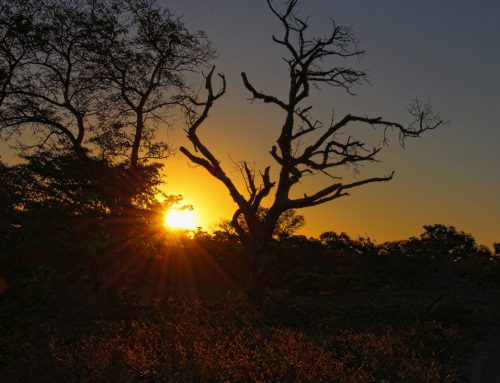
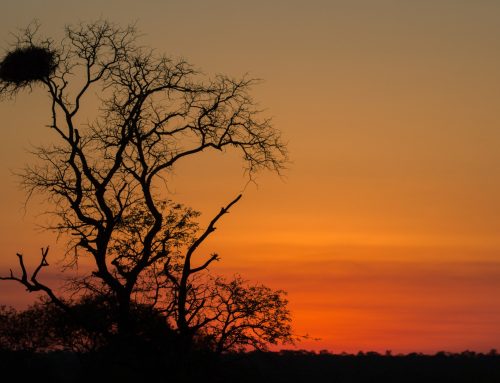
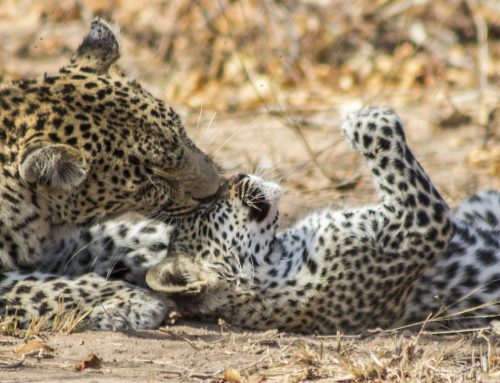
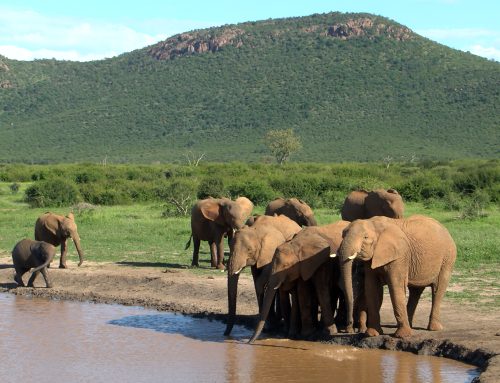
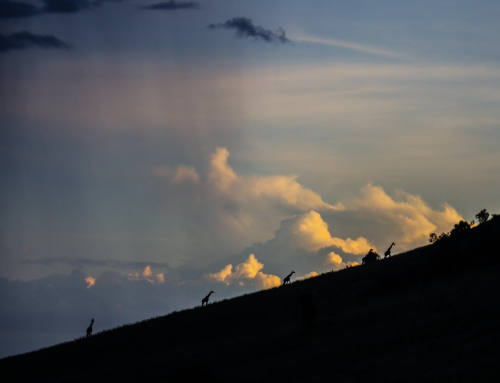
This is an amazing setup and wonderful technology. I would imagine this is the first time anyone has broadcast live from a wild dog den site. Keep up the great work and thanks for sharing this with everyone.
Great being able to view the dogs. ps Wales is not in England (the brothers manning the cameras are from Wales UK)
It is truly amazing! Thank you very much for making this possible.